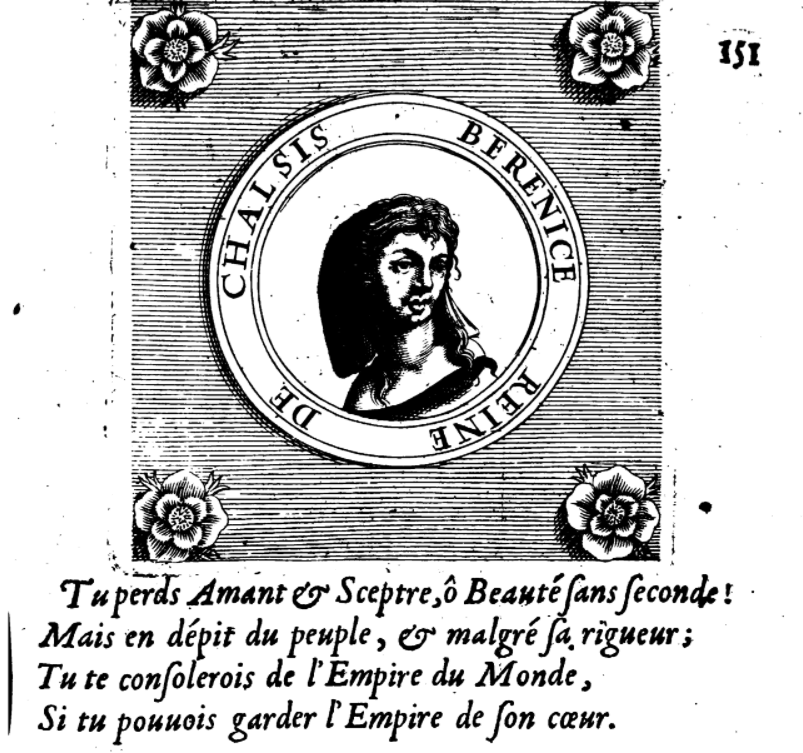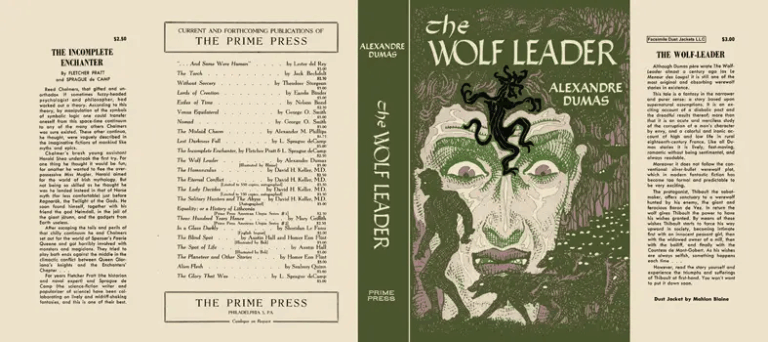Berenice of Cilicia, also known as Julia Berenice, was a member of the Herodian Dynasty and appointed Queen of Judaea under the Roman Empire.
During the First Jewish-Roman War, she became the lover of the future emperor Titus Flavius Vespasianus, and she supported her lover’s father Vespasian greatly, both financially and politically, during his campaign.
When Vespasian became emperor, in 69, Titus stayed behind in Judaea and the Jewish-Roman war ended with the destruction of the Second Temple and the sack of Jerusalem, which meant the death of 1 million people and the capture of 97.000 Jews by the Romans.
Titus then returned Rome to his father and the lovers had to stay apart for four years, as some political advisors in Rome were averse to Berenice’s presence and the political message it might have sent.
Even when she eventually joined him, her stay was brief: the couple was publicly denounced in a theatrical piece and Titus sent her away.
When he became Emperor, in 79, she returned to Rome, believing she could finally be with him, but Titus was quick to take measures to restore his reputation and, among those, he dismissed the queen. He died after only two years of reign and there’s no trace of what happened to Berenice.
On top of featuring her in Les Femmes Illustres, Madeleine de Scudéry dedicated her a whole novel in epistolary form, called Lettres de Bérénice à Titus (1642). De Scudery has her writing to Titus, of course.
One of the most accomplished paintings featuring her is Cercle de Gérard de Lairesse‘s Titus se sépare de Bérénice (1680). She does not look happy.









No Comments